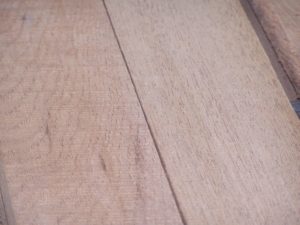
Spanish Cedar is an excellent exterior grade species that is often viewed as a viable alternate to Genuine Mahogany. In fact the Spanish Cedar is in the same Meliaceae family that Mahogany resides so a case could be made for the similarities. The problem is that importing and sourcing it has become much much harder these days. The introduction of the species into a few new regions is helping, but it is also widening the variation and quality gap making it harder to find the kind of quality that we like to sell and our customers demand.
The common name Spanish Cedar really refers to many different species all coming from different places around Central America.
- Cedrela odorata
- Cedrela hubeir
- Cedrela fissilis
- Cedrela salvadorensis
Now Spanish Cedar has been introduced into the Pacific Rim and Africa and newer varieties are coming to market that further complicate the search for quality and the original characteristics that made the species popular in the first place. Some of the plantation grown samples we have seen from the African Ivory Coast are promising in color and grain consistency, but the wide growth rings and lower density raise a few eyebrows about the stability of the species over time.
We are focusing our buying efforts for Spanish Cedar in Central and South America because we feel the quality is much better. Unfortunately the differences in character between the South American and African/Asian variant is not widely known. This means that someone will purchase Spanish Cedar and may get a bad pack or a good pack or even a mixed pack with widely varied color and working properties. This ends up putting off many customers and they shy away from the lumber. The educated buyer will specifically request “the good stuff” and this is happening more and more fortunately. However importing restrictions make for additional lead times and inconsistent sizing of the lumber when it arrives. We are managing to stay ahead of this curve by buying in large quantities and working with our mill partners to stipulate quality and sizes. We will then pick and mill to your needs at our yard in Maryland. The issue however is with all of these additional steps, the prices continue to rise on the species. Personally, we feel that the quality of the lumber is worth the price and the wood performs very much like the much more expensive Genuine Mahogany. When Spanish Cedar is viewed as an alternate it is quite affordable.
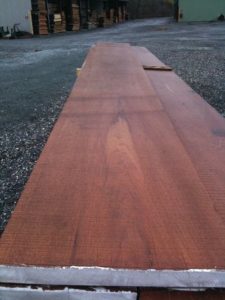
Time will tell what happens to the supply chain and price of Spanish Cedar over the next few years, but we will strive to maintain our high standards. We have kilns currently dedicated to Spanish Cedar because we find “cooking” it at a higher than normal temperature will set the sap and resins making for an overall more stable species. Hopefully more consumers will start to recognize the quality product that is Spanish Cedar and help us create a stronger market that can generate more demand and lower prices.

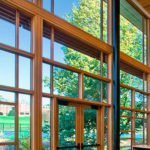
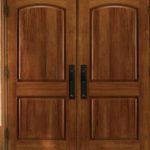
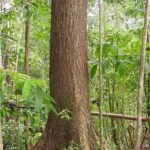
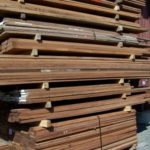
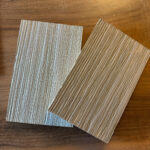
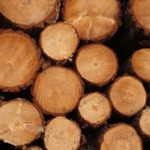


Leave a Reply